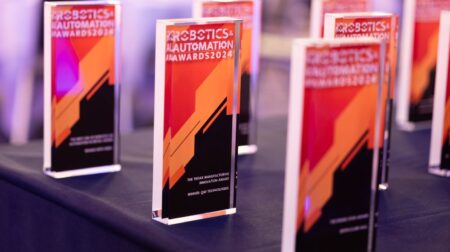Researchers from the National University of Singapore (NUS) have invented a smart foam that can enable robots to interact intelligently with surroundings.
Called artificially innervated foam, or AiFoam, the new material mimics the human sense of touch, can sense nearby objects without touching, and repairs itself when damaged.
According to the team, compared with other conventional materials, AiFoam is the first smart foam in the world that performs these functions simultaneously, potentially making robots more intelligent and interactive.
“We want to show that it is possible to replicate the human sense of touch in a robot, which opens up a new paradigm in the interaction between man and machine for future applications,”said team led by Assistant Professor Benjamin Tee from the NUS Department of Materials Science and Engineering, and Institute for Health Innovation & Technology.
The team used cleaning robots and robotic waiters as an example. If these systems can detect human presence from a distance and use the information to deduce human intentions, the robots can react faster and avoid colliding with people, especially in crowded areas.
While some advanced electronic skins could sense pressure when they come into direct contact with an object, none is able to sense the direction of movement of adjacent objects as this requires more complex sensing abilities. The NUS team carried out research to find a solution to address this technological challenge.
“By having a foam with our special formulation, we can sense both pressure and proximity easily,” added Tee.
To mimic the sensitive nerve endings in the human skin, the researchers embedded fine cylinder-shaped electrodes underneath the surface of the foam. These are able to detect the direction of the applied force, not just the amount of force. This would enable robots to understand human intentions better, or know that an object in contact is about to slip, so that they can react more quickly and appropriately.
Furthermore, the surfactant within the foam enables it to self-heal even after being cut, making it ideal for use in applications like prosthetics.
“The self-healing properties of AiFoam, as well as its sensitivity to a contact force, will enable robots to better judge human intention, and build a future generation of robots that will react to environmental changes quickly and more efficiently,” concluded Tee.







